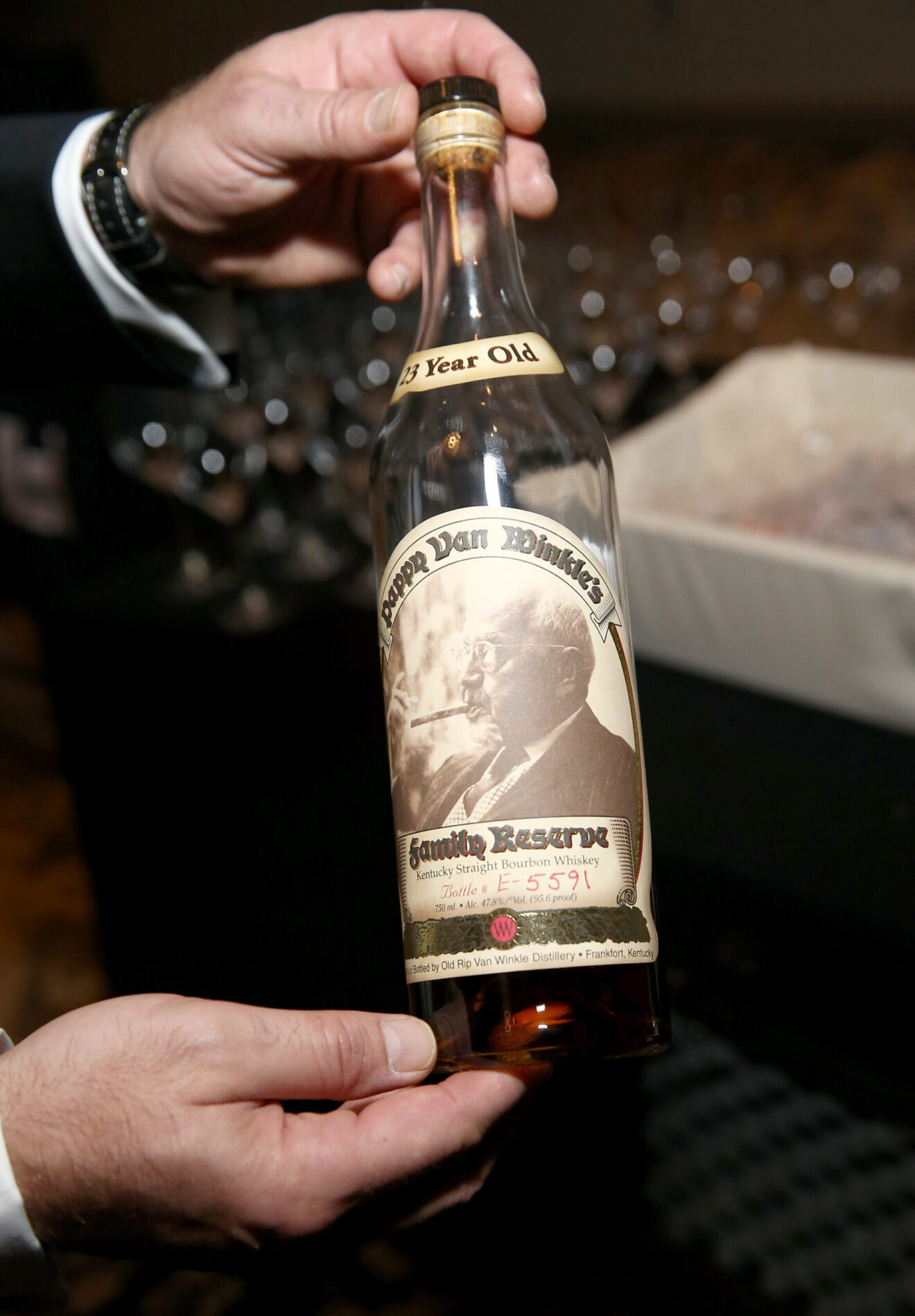Most consumers are aware of the allure that ultra-rare wines offer — some people will wait years and pay thousands to get their hands on a hard-to-find vintage. But that type of demand isn’t restricted solely to wine anymore, and ultra-rare spirits are cultivating followings that match — or, in some cases, exceed — those of wine.
In fact, rare whisky topped the Knight Frank 2019 Wealth Report, followed in value as a luxury asset by coins, wine and art. And when it comes to the ultra-rare whisky segment, the value in this category has skyrocketed by 582% over the past ten years, Food & Wine reports.
Fans of ultra-rare and super-premium spirits are growing in number as the cache for these drinks continues to rise.
Whiskies lead the pack
The many varieties of whisky have received tremendous followings in recent years, and not just in terms of rare, vintage bottles at auction. The Macallan rolled out a 72-year-old single-malt Scotch whisky last year at $65,000 per bottle, which was available in limited quantities of just 156 bottles, according to Forbes.
The market for American-made products is rising as well. For instance, Kentucky Owl bourbon launched just five years ago at $170 a bottle and sold out in just weeks, according to The New York Times.
But when it comes to rare whiskies, one in particular has quickly garnered a massive cult following in recent years. Pappy Van Winkle cultivated such a demand by the mid-2000s that people still camp out for it and lotteries are held to determine which fan should get a bottle when they’re released, KSDK reports.
Beyond whisky
Although the many iterations of whisky have been on the radar screen recently, that doesn’t mean these are the only spirits for which fans will pay thousands. In reality, almost every spirit now has premium and super-premium versions on the market, and fans have taken notice. High-end tequilas can now fetch more than $1,000 a bottle, often driven by their provenance of using 100% blue agave, according to Forbes.
Super-premium rum, brandy and cognac grew over 26% each by volume last year vs. 2017, according to the Distilled Spirits Council, part of which has been driven by the intricate brand stories that these high-end liquor companies tell, CNN reports. Millennial consumers in particular like hearing about a company’s authenticity, and seem to be willing to pay more for it.
The most-consumed spirit in the US — vodka — is also among the spirits with a growing number of premium products available. Brands like Ciroc, Grey Goose and Belvedere can go for over $100 each, while Stoli’s Elit Pristine Water Series costs about $3,000 a bottle and Diva Vodka can sell for up to $1 million, depending on the quality of gems that are in the bottle, according to The Manual.
Will the boom continue?
Although the ultra-premium liquor market continues to grow, it’s unclear whether these products will remain part of a sound investment strategy. High-end liquors thrive when the economy is strong, but that’s not the case when the economy begins to dip, according to The Wall Street Journal.
Beverage brands say transparency is key to ensuring that super-premium drinks continue to build momentum, The Spirits Business reports. The reason, they say, is because a strong knowledge about what’s inside the bottle is the key to consumers’ wallets.
Related stories:
- Healthy desserts? Eating the gluten-free cake, too
- Reusable packaging is gaining a foothold in the fight against waste
- Taking the pulse of SmartLabel
____________________________________________
If you enjoyed this article, sign up for The Culinary Institute of America’s Wine and Beverage SmartBrief to get news like this in your inbox, or check out all of SmartBrief’s food and travel newsletters as we offer more than 30 newsletters covering the food and travel industries from restaurants, food retail and food manufacturing to business travel, the airline and hotel industries and gaming.
